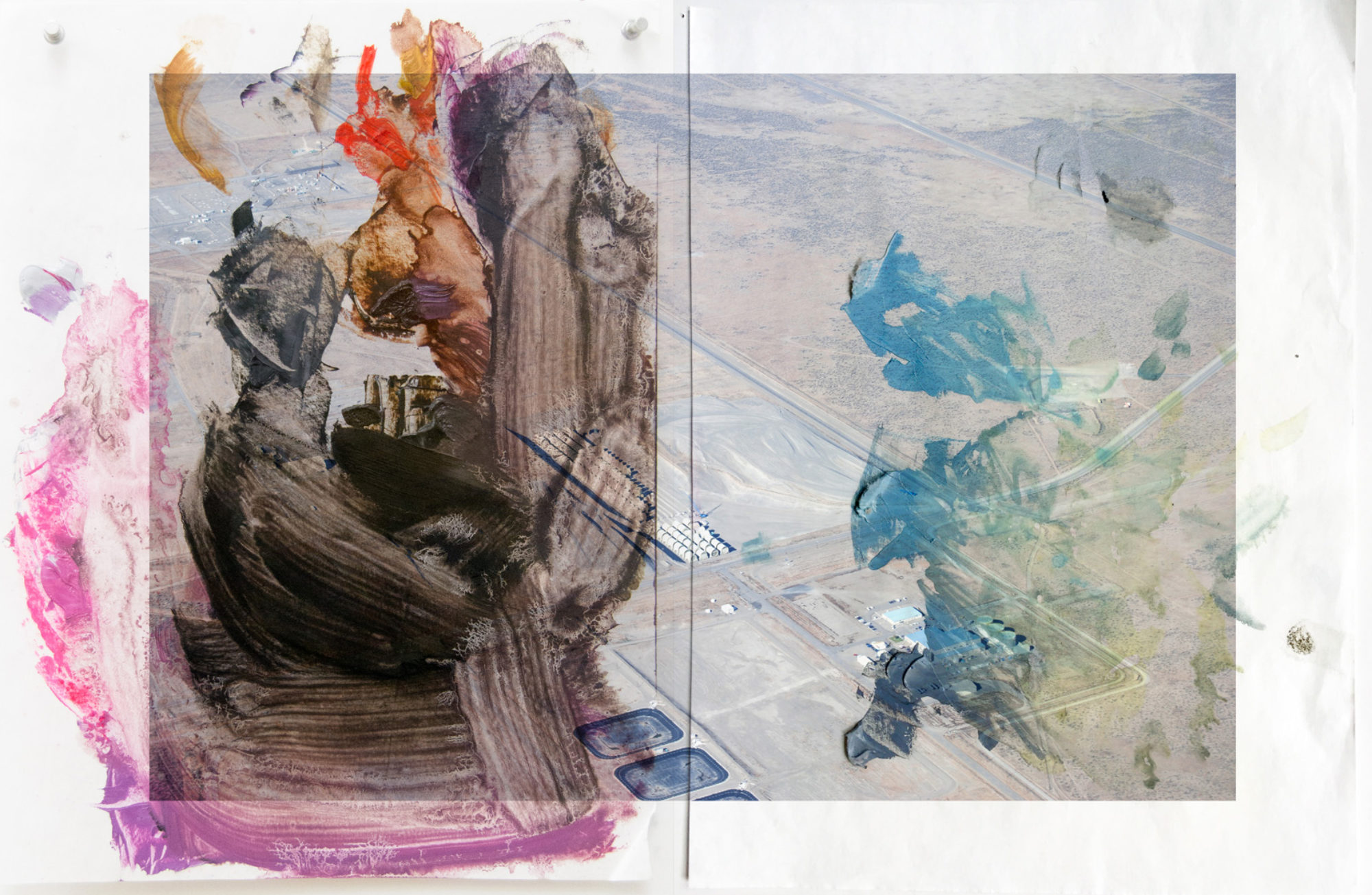by Nate Lee
non-fiction
My Pau Pau and I didn’t speak much, though I spent a lot of time under her care. Our exchanges were generally limited to one-way admonitions in her native Toisanese. “Hehk faahn” was her most common invitation—“It’s time to eat.” I could never quite grasp my grandmother’s language, the neglected cousin of Cantonese, with its nasally and guttural sounds. It was farmer’s language after all, country talk, rough, like chalk on asphalt, like poems carved into walls.
Toisanese, it strikes me now, is the perfect language for old immigrant women who just don’t give a damn anymore. It’s the tones, certainly, but also the way words form at the back of the mouth, like there was something detained there that needed to be released, the way the tongue would warp words, turning smooth S-sounds into effed-up THL-sounds; only this language could cradle the tension, the halting trauma, the discontinuity of immigrant life that drew fault lines into the lives of my grandparents. So how could those words have ever rested comfortably in my mouth?
When our words failed and the distance between our languages, generations, and cultures became too great, there was always a table. Food was the one thing that could transcend our diaspora and the shipwreck left floating in its wake. Food could, even if only temporarily, gather the pieces and hand them back to us in a bowl. And for the moments I drew her edible love into my body, everything made sense precisely because it no longer had to make sense. My cousins and I would receive the mystery of our Pau Pau’s love in a bowl of soup and rice. No translation needed. At the table, everything was clear again, even if it wasn’t; mystery encroached upon our estrangement.
Perhaps we would never again hear the stories in Toisanese. And maybe when we lost the language, the stories also slipped through the crevices in our cupped hands. But even if we could speak again, I am not sure if I would ever be able to crack the shield my grandmother had lifted over her heart. I would never truly know what she saw or experienced, the trauma of escaping war or sailing across oceans, the abuse suffered at the hands of violent and repressed men, the loneliness of migration, and the silence that settled over all of it. But I smelled the journey as it simmered on the stovetop. I tasted her pain and resilience in a broth.
There is memory beyond words, a story that transcends language. The meal connected me to my grandmother in ways words could not.
And yet, what are we to do with all the untold stories? What must we do with our postmemory, those stories that have been forgotten but which live in our bones? For if it is indeed the body that keeps the score, as Dr. Bessel Van Der Kolk notes, then memory as we understand it, as some kind of conscious mental recollection, is not the best way to describe that which holds our stories. Instead of imagining the mind as a library where memories are stored—neat and catalogued—perhaps it is more appropriate to imagine our bodies as trees where memories live in the cross-section of our bones, revealing concentric rings that hint at where we’ve been. These stories are not easily accessible or discernable; indeed, to see them, we must first be broken open.
Might it be possible that the memories, traumas, and triumphs of the past one-hundred generations dwell in our bodies without our conscious knowing? And maybe a bad day isn’t just a bad day but an ancestor calling out from generations past, an anniversary of a tragedy we know nothing about. Does my grandmother’s trauma and resilience live in me? And my great-great-great grandmother’s? And Adam’s? And where do we find healing for any of this?
When we leaned towards the bowl and let the fragrance of our Pau Pau’s soup come over us, the questions would lose their power and the mystery the Meal would overtake us. I confess: I do not know the answers and I will never be able to tell all the stories. All I know is that when my grandmother would spoon this liquid gold over rice, she was telling us in the only way she knew we would understand, “This is my body, given for you.”
My Pau Pau and I did not always have the words, but we found a better way. She offered us herself in the form of soup and rice, a simple reminder that communicated everything we needed to know. This was her offering to us: When the words fail, here is my body. When the depths of pain and suffering are too deep to feel or understand, here is my body. When the stories are too heavy and the telling too painful, here is my body. When you do not know what you do, here is my body. When you have forgotten who and whose you are, here is my body. When the road becomes dark, the signs have been covered, and you forget the way home, here is my body.
Here is my body, broken for you. Hehk faahn and remember me.
•
Nate Lee is a Master of Divinity candidate at Yale Divinity School.
